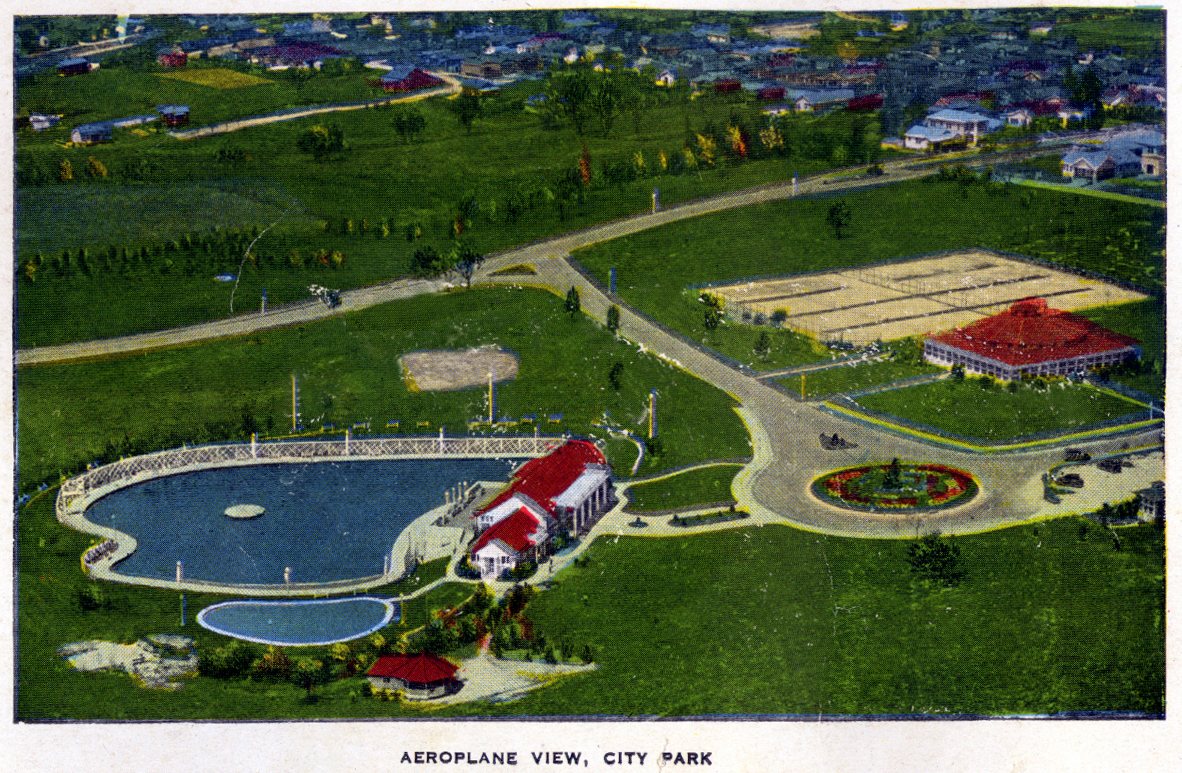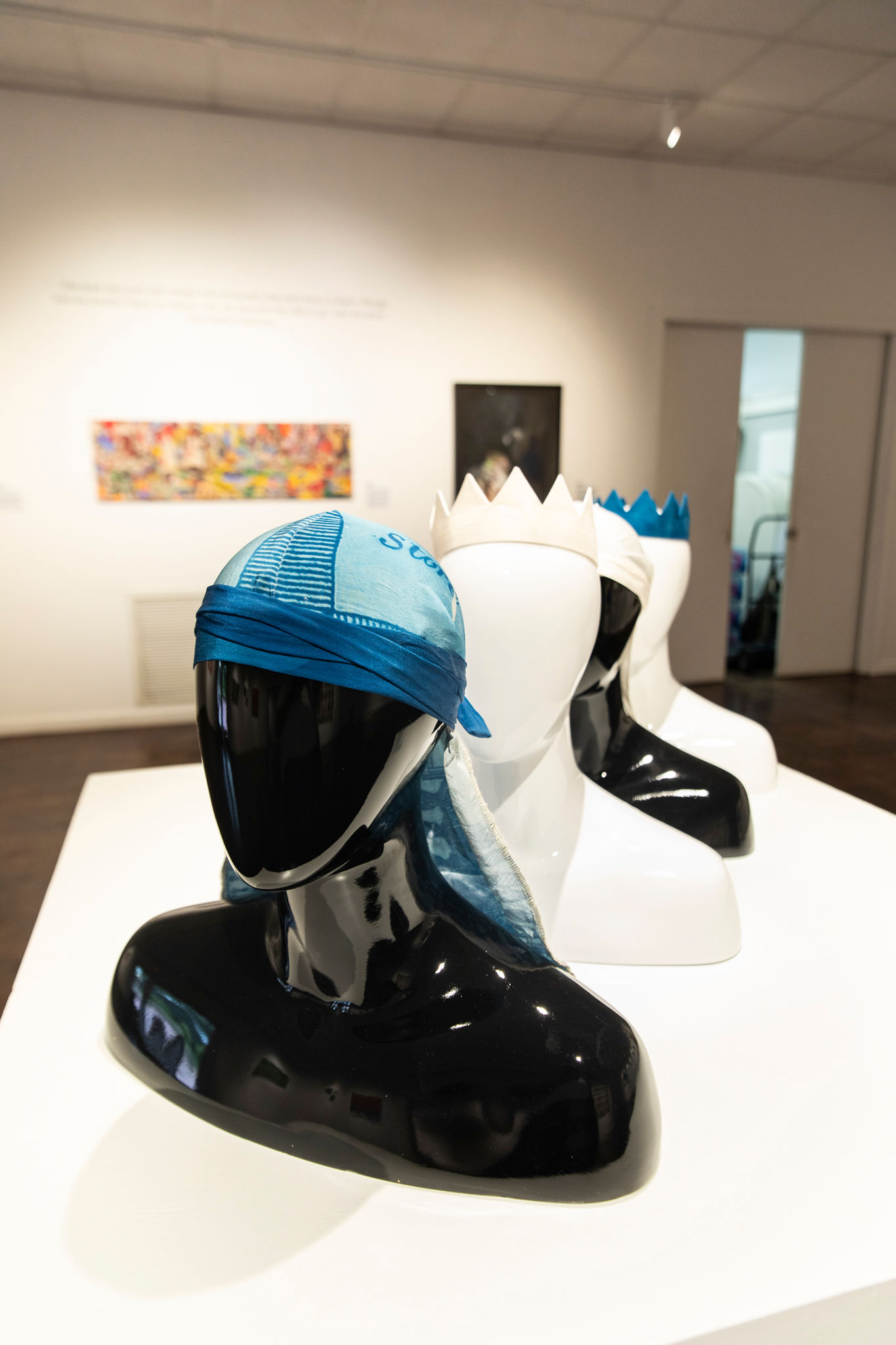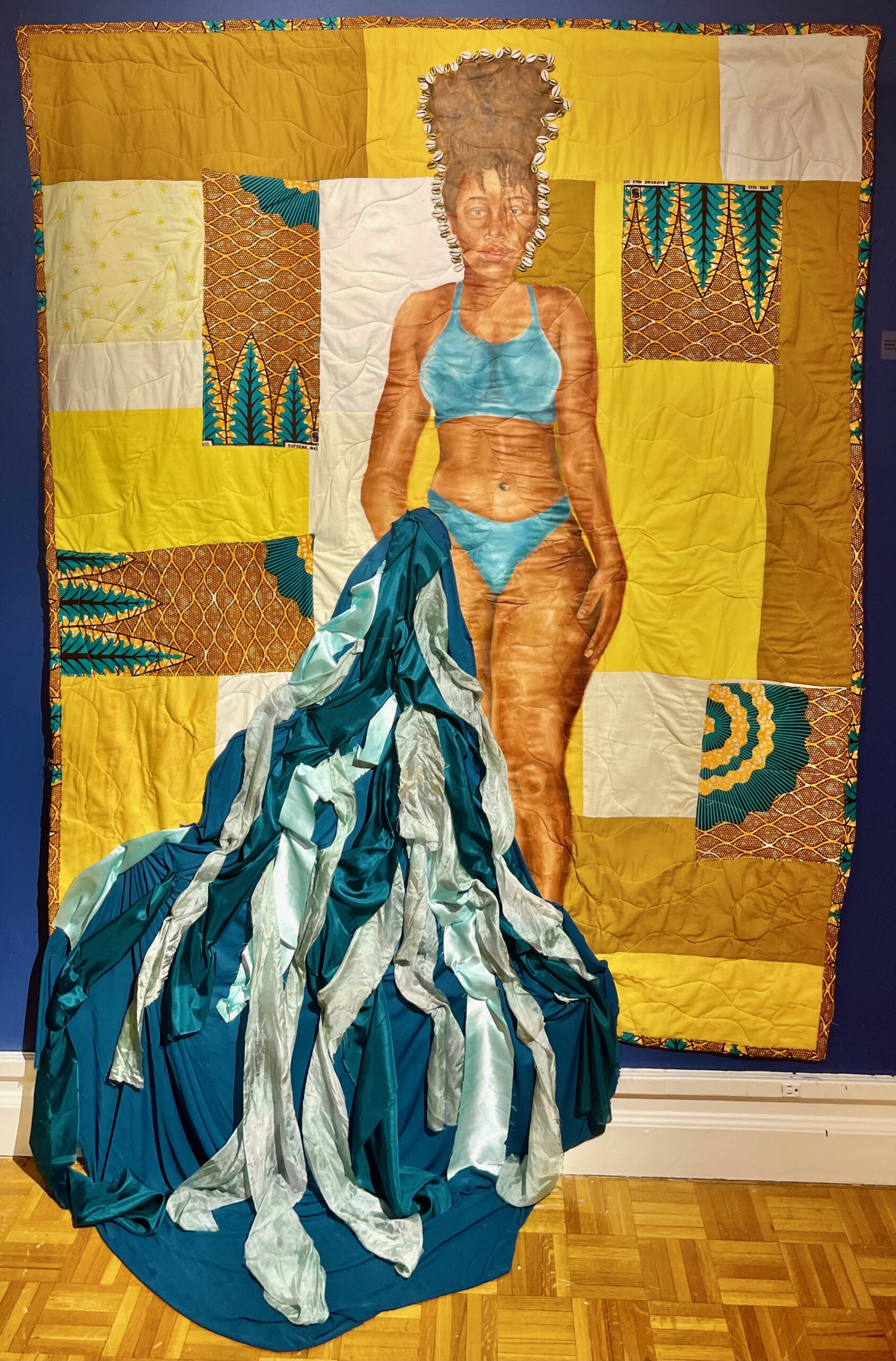From the 1920s to 1964, a 20,000-square-foot lagoon-style swimming pool operated in City Park behind the structure we know today as Baton Rouge Gallery. Its graduated shallow end was akin to walking into an ocean, and it was so vast that its lifeguard stand was perched on an island in the center. The grand structure offered relief from summer heat—but only if you were white.
The BREC pool was segregated, and the story of its attempted integration is one of the city’s most painful moments. It’s at the heart of a new exhibit at the Baton Rouge Gallery that opened last night called And We Went: 60 Years After the Baton Rouge Swim-in.
In July 1963—60 years ago this month—a handful of local Black residents organized a swim-in at City Park Pool. The swim-in was thwarted, and five of the activists jailed. Months later, BREC officials permanently closed the pool and subsequently filled it in.
|
|
|

Baton Rouge Gallery President and CEO Jason Andreasen says the show has been many years in the making and was first inspired by a conversation he had with Dialogue on Race Louisiana founder Maxine Crump about the swim-in’s 60th anniversary.
“We knew we wanted to do something. What’s unique about this exhibition is that it’s happening in the space where the actual demonstration occurred,” Andreasen says. “The building that is Baton Rouge Gallery was originally built to serve as the pool house for this massive, segregated pool.”

One of the individuals arrested during the swim-in was the late Rev. Betty Claiborne, a longtime Baton Rouge activist. The title of the exhibit stems from a comment Claiborne made about the swim-in in a film series produced by BREC that includes an episode about City Park Pool.
“I knew they had a fine Olympian (sic) pool…” Claiborne says. “…And that park was built with money from all people that paid taxes in Baton Rouge, and we couldn’t figure out no reason why we shouldn’t be able to go. And we went.”
And We Went is curated by Jonell Logan, creative director and vice president of the McColl Center in Charlotte, North Carolina, a contemporary arts center. The show features about two dozen works by 11 artists from Baton Rouge and across the U.S.
Andreasen says the Gallery liked the idea of hiring an independent curator who could bring additional context to local events.


“This is a story that happened all over the country,” Andreasen says. “It’s a story that specifically touches Baton Rouge and City Park, but it’s also something that was happening in communities across America.”
The exhibition opened last night and will run through July 27.
Exhibit events
Along with the works of art, the show features several free community events that provide opportunities for additional learning and reflection, Andreasen says. Among other topics, the events will discuss how segregation’s long shadow created a dearth of swimming pools and swimming lessons for Black children, resulting in a drowning death rate that remains five times higher than their white kids.
Free swimming lessons with Olympian Cullen Jones
July 6, 8:30 a.m. and 5:15 p.m.
Liberty Lagoon and Brooks Park
The four-time Olympic medalist and swimming equity advocate will give free swimming lessons. Registration is required.
Curator and artist talk
July 9, 3 p.m.
Baton Rouge Gallery
Curator Jonell Logan and several artists will explain the considerations that went into their works, which honor the 60th anniversary of the swim-in.
Screening of Baton Rouge’s Troubled Waters
July 12, 5:30-7:30 p.m.
Capitol Park Museum
See the 2008 LPB documentary, Baton Rouge’s Troubled Waters, which documents the many drowning deaths that occurred in Baton Rouge in rivers, lakes and canals when Black children were denied access to pools like City Park Pool for decades. The film will be followed by a panel discussion by Maxine Crump of Dialogue on Race Louisiana, Judge Trudy White (script writer and researcher for the film), and Brittany Zeno, executive Director of the Old South Baton Rouge Economic Redevelopment Group.
Race in Conversation
July 14, 6-7:30 p.m.
Baton Rouge Gallery
Dialogue on Race Louisiana will host a facilitated conversation that explores themes addressed by the exhibition. The first 20 registrants will attend in person, and others will attend by Zoom.
Baton Rouge Swim-in 60th anniversary commemoration
July 22, 7:30 p.m.
Baton Rouge Gallery
Hear directly from participants of the swim-In and learn why their story remains relevant 60 years later. Speakers include Mayor Sharon Weston Broome, Councilwoman Carolyn Coleman (District 10), Debra George, Theda Martinez, Maxine Crump and Torrence and Thurman Thomas (co-founders of the nonprofit Tankproof). The event will also feature the debut of an original piece by spoken word artist Chancelier “Xero” Skidmore commissioned specifically for this event.
|
|
|
What does it mean to go first?
July 26, 5:30 p.m.
Baton Rouge Gallery
Join a conversation with a panel that includes Freya Anderson Rivers, the first Black woman to attend Baton Rouge’s Robert E. Lee High School (now Liberty High School) in 1963 and the first to attend Louisiana State University a year later. The panel also features Dialogue on Race Louisiana’s Maxine Crump, the first Black woman to live on LSU’s campus and Elvin “Tampoo” Dalcourt, the first person to swim in Brooks Park Pool.
The Baton Rouge Gallery is open from noon to 6 p.m. Tuesday through Sunday. For more information about the exhibit and its programs, visit Baton Rouge Gallery.





